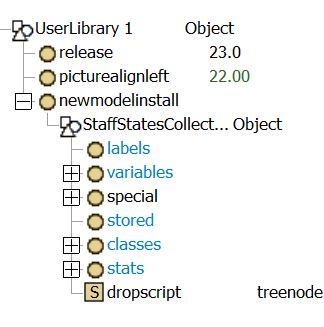Hi Flexsim community,
I am looking for some tips and thoughts on best practices to aggregate and visualize simulation output. Our team has multiple engineers working on simulation project for the same customer and we often have simulation outputs aggregated in different ways (non-standard). Some use excel post processing of data collected in global tables, others use Flexsim statistics collector and dashboard for visualization. We also want to be able to easily reuse these for the new (similar) models we are building to the extend possible. Below are some of the options I have short listed -
1. Statistics collector [Pros- Within Flexsim, flexible to collect most data without adding additional logic, can use Flexsim dashboard visualizations; Cons- Not sure if these are easily transferable to new(similar) models]
2. Global tables and excel post processing
3. Global tables and use python for post processing and visualization [Pros - Can re-use python script easily for multiple models, Python has extensive data visualization libraries, Can connect python to Flexsim to automate script runs after model stop; Cons- Additional maintenance effort, dependent on structure of global tables, slow to transfer large dataset between python and FlexSim]
While these are very good options, I am looking to hear their take on preferred data aggregation and visualization.

